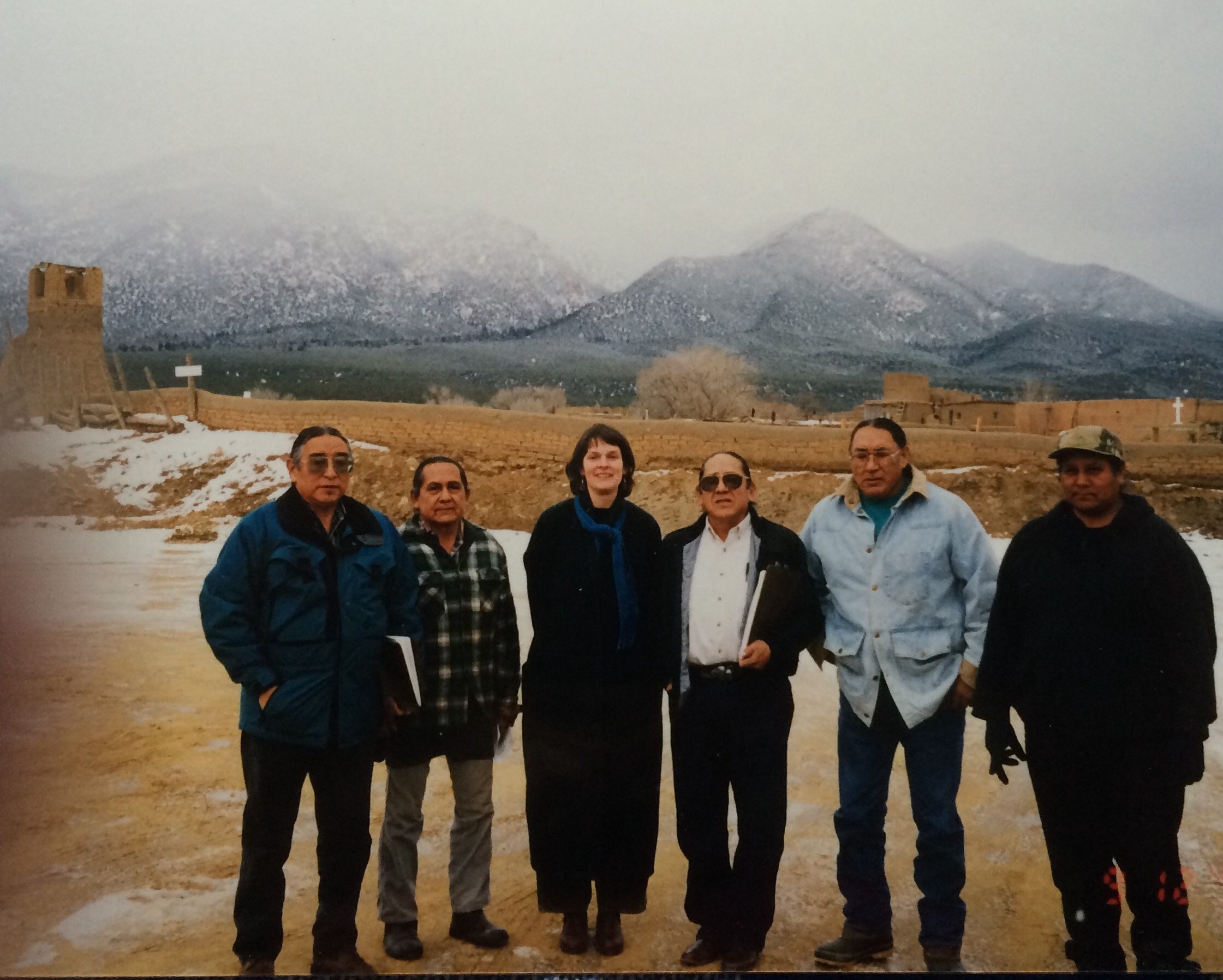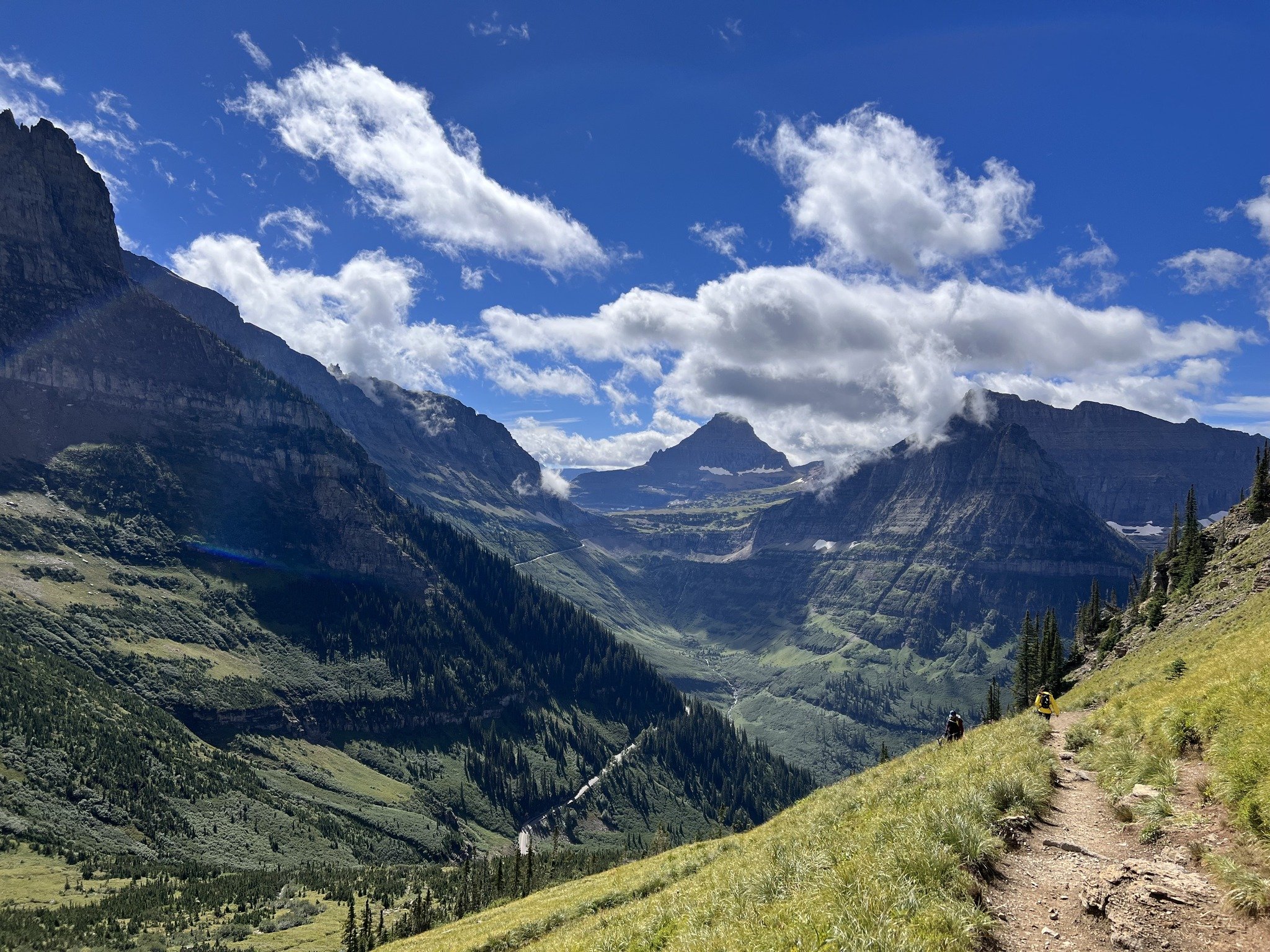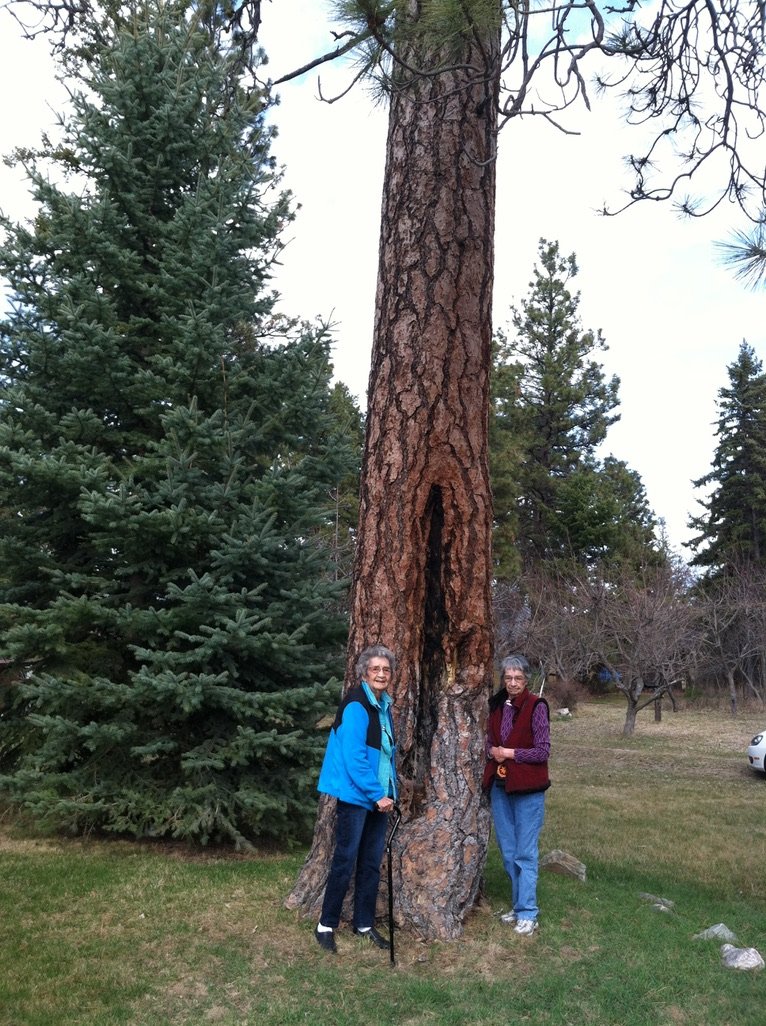About Sally
Sally Thompson grew up in Denver, where the Front Range of the Rockies oriented her to the world. She got her first pair of cowboy boots when she was four and had an “Indian” theme for her fifth birthday.
She received her Ph.D. in Anthropology at the University of Colorado in 1980, the same year she moved to Missoula to work as an archaeologist. She was awarded the Earl Morris Award for her dissertation about human adaptation to climate change on the Great Plains since the end of the Pleistocene.
During the 1980s, she served as Senior Archaeologist at Historical Research Associates, while raising three children with her first husband, Weber Greiser. This work took them all over Montana, from the Yaak, to the Tongue River, to the Highline and the Rocky Mountain Front.
By the 1990s, her work shifted from archaeology to working with indigenous communities as a consultant and collaborator. Roles in life-changing projects included:
Expert Witness for the Taos Pueblo Water Rights case;
Cultural Consultant for the National Register of Historic Places assessment of the Badger-Two Medicine area in the traditional Blackfeet homeland; and
Expert Witness for the Confederated Salish & Kootenai Tribes on the ARCO lawsuit regarding off-reservation treaty losses due to pollution of the Clark Fork River.
Thompson founded and directed the Regional Learning Project at UM, 2001-2010, to focus on working with tribes to develop curriculum resources on history, geography and culture. Her foundational goal was that people would come to know whose homeland they occupied. Toward that end, her team at UM created a map of tribal homelands which is still widely used in classrooms all over Montana. See other creations on the Media page.
In June 2014, through serendipitous circumstances, Thompson found herself holding hands with the Dalai Lama Zanskar, in the Indian Himalayas. This remains one of the great highlights of her life.
In 2008, Thompson was contracted by Glacier National Park to write a history of the Park’s first people. The result was the publication of the co-authored book, People Before the Park: The Kootenai and Blackfeet Before Glacier National Park. Instead of writing a traditional overview based on archaeological evidence and ethnographic writings, Sally collaborated with the Kootenai Culture Committee and the Pikunni Traditional Association to recount their seasonal rounds in and around the Park. This 2015 book has served to educate many a Park visitor about its rich cultural history, replacing the common belief that these mountains had been an untrammeled wilderness prior to the Park’s creation in 1910.
As NAGPRA Coordinator for the University of Montana (2012-2014), Thompson was in charge of repatriating human remains to the tribal communities of western Montana.
Since retiring from UM in 2014, Thompson continues to do consulting work and write nonfiction focused on land-based histories and cultures, with an ear toward how the past can inform our lives today.
Sally and her husband—conservation biologist, John Weaver—split their time between Missoula and St. Ignatius.











